From Liberty Defense League:
Functionally Sovereign? Or, Just Sovereign?
Sat, Jun 19, 2010
Featured Articles, Marilyn Barnewall, State Sovereignty
By Marilyn M. Barnewall
Individual states within our Great Nation have been and continue passing legislation making it clear they are independent, sovereign entities apart from the federal government. They say if they choose, they can declare their independence. They can reclaim state sovereignty and protect themselves from federal government oppression. There are many good legal opinions supportive of that strategy. There are many good legal opinions that oppose it. Under the circumstance of a failed federal government, those who say “yea” probably win the argument.
What needs to be in place for a state to function without the federal government? There is a difference in being sovereign and in being functionally sovereign. There are many things that need to be in place, but the most critical thing on which everything hinges for success is a state banking system.
“We already have that,” you say? Unless your name is North Dakota, you do not.
I have written about the attack on our independent banks by a federal regime that seeks global governance. Our savings and loan industry was similarly attacked (and made to fail) in the 1980s to pave the way for Freddie Mac and Fannie Mae – for volume liar and subprime loans and resultant, as Warren Buffet says, “financial weapons of mass destruction” (mortgage-based derivatives).
The capability to control your state’s monetary policy and the distribution of your currency is not only needed. It is required. Are your legislators serious about state sovereignty? If so, these things are in the legislative works. If they are just pandering to an anxious voter base, they are not.
When hearing the words “State Bank,” most people think the term means “state-chartered bank.” A State Bank is quite different from a state-chartered bank. The 90-year old Bank of North Dakota is the only state-owned bank in America. It has a history of success and has kept unemployment in North Dakota lower than 5 percent as of March 2010. North Dakota is at the top of the nation’s state economic health list, too. The North Dakota State Bank is a big part of the reason.
A State Bank is kind of a mini-Federal Reserve – only it’s a State rather than a Federal Reserve Bank and is a legal part of state government. The Federal Reserve System, a privately-owned corporation not part of the federal government, has Member Banks – nationally-chartered banks (they usually have the word “national” in their name). The Bank of North Dakota also has “Member Banks” – state-chartered banks. The Bank of North Dakota, for example, provides its own state deposit insurance coverage – like the Federal Deposit Insurance Corporation (FDIC – in the case of a State Bank, State Deposit Insurance Corporation).
Nationally-chartered banks (those licensed by the federal rather than state government) can do business in states that have a State Bank system, but may not be Member Banks because of their national charters. By which authority a bank is chartered determines whether it will be a Member Bank of the Federal Reserve System or a Member Bank of its State Banking System. The Federal Reserve System clears checks and performs other monetary functions for its members. It establishes monetary policy for the nation. Why? Because the Fed is the only alternative – the only currency distribution system available in America – except in North Dakota. State Banks can replace Federal Reserve System functions and clear checks and perform other monetary functions for Member Banks. At the moment, North Dakota utilizes the Federal Reserve System’s check clearing functions – but it doesn’t have to, if need be.
A State Bank (exemplified by the Bank of North Dakota) is the official depository institution for all state collections and fees. Such a controlled source of funds is called a captive deposit base. Statistics do not lie. The Bank of North Dakota has made that state profitable even during the trying economic times created by the federal government.
The State Bank pays the State Treasurer a competitive rate of deposit interest but, even more important, loan policy is determined by the State owning the bank, not the federal government or the banking cartel known as the Federal Reserve System. An added plus is that the State can determine loan policies supportive of state assets. In North Dakota, loan policy supports agriculture and energy. In Alaska, Texas and Oklahoma, it could support oil, from drilling to making special pipes needed by that industry. In Colorado, it could be uranium mining, natural gas, and skiing while in Utah it could be coal (and skiing). Banks with lenders that have skills to serve specific industries is key to utilizing credit to support a state’s economic growth.
The standard used by Bank of North Dakota to make flexible loans based on the local economy can also be used by states to create a credible, sustainable currency. In Colorado, the currency could be backed by gold, silver, uranium and natural gas — oil shale, too. In Texas, Oklahoma and Alaska, gold, silver and oil (and other available commodities) can be used. Copper can be used. Lithium can be used. Various other commodities in rich abundance per state can be used. The trick is to get away from a fiat currency system dependent upon ever increasing business and consumer debt for its survival. That system – along with an irresponsible and corrupt Congress – has bankrupted our nation.
Think back to the bureaucratic inaction as we watched the devastation of Hurricane Katrina – or look at the current crisis in the Gulf of Mexico. A State Bank can build its own private disaster fund and eliminate dependence on FEMA. The North Dakota Bank expects flooding in a city this year and has already created a disaster fund to handle it. After two months of federal indecision and excuse making in the Gulf of Mexico, Governor Bobby Jindal of Louisiana could have utilized a State Bank to take more direct action to protect his state. A Louisiana State Bank would have broadened his options.
Though much is written about states reserving the right to sovereignty, very little (if anything), has been written about how sovereign states can avoid the economic chaos awaiting if the state has done no planning to prevent it. People and businesses need access to money. Both need to pay bills. The currency must be supported by an asset available to the state. A State Bank provides a currency/credit/deposit distribution system that allows state government and its citizens to function. It provides a check-clearing and a credit system. That system needs to be acceptable to Brazil – if you want bananas in the winter. It needs to be acceptable to various nations that provide pharmaceuticals taken by people whose lives depend on them.
It’s nice to be sovereign – until a dear one languishes in a hospital, unable to get access to drugs for heart disease or diabetes, because your “sovereign state” didn’t plan far enough ahead to ensure financial stability that allows and supports international trade.
It is doubtful Pfizer is going to send a shipment of drugs to be distributed throughout a newly-declared sovereign state and accept as payment a newly-printed currency with nothing backing it and no distribution system in place. Somewhere during the trade process, a settlement bank that deals with foreign currencies and a credit system ensuring payment must be available.
What do you do for people in your state’s hospitals if you don’t have a monetary distribution system set up that has planned for international trade – and thousands of other situations just as serious? Other, states still a part of the federal system and using the Yankee dollar may not want to do business with you either. They have their own economic/financial problems. They can’t afford to take on those of your state, too. Without a reliable financial services system in place, what products – especially agricultural – will you have available?
To be functionally sovereign, states must create their own currency. If your state doesn’t have its own currency, there are justifiable reasons the federal government will not recognize a declaration of sovereignty. Saying you’re sovereign and being sovereign are two different things.
At the top of the planning list must be a currency distribution system. Without it, States are tied to the federal system in place (the Federal Reserve System, the Federal Insurance Deposit Corporation, the Comptroller of the Currency and the regulators who work for all of the above). Why do you need a banking system? Can’t everyone just carry around gold or silver coins like they did before governments began printing fiat currency? Paper currency isn’t fiat when it’s backed by a solid commodity with a price set by the marketplace – and the commodity doesn’t have to be gold. That, then, is second on the planning list. First, distribution; then a currency you can distribute. Education, highways, and state, county and city services like law enforcement are necessary. People need to be paid. They need to buy groceries. A financial distribution system is required.
The concept of a State Banking System began at a historically similar time. East coast banking powers had too much influence over who got credit and how the credit was to be structured. Interestingly, East Coast bankers called the North Dakota experiment “communist” or “socialist.” When the State Bank concept is compared to what is in place at the federal level with the corporate policies of the non-federal Federal Reserve System and the too big to jail bankers on both coasts, State Banks come out smelling like a capitalist rose. No one wants a globally managed financial system that will be used to back the nations of the world into a global government.
Can a State declare itself sovereign if it does not have sufficient power to determine its own currency and monetary policy? Not only is it a good question. It is the key question to the core problem.
Saturday, June 19, 2010
Subscribe to:
Post Comments (Atom)
.gif)



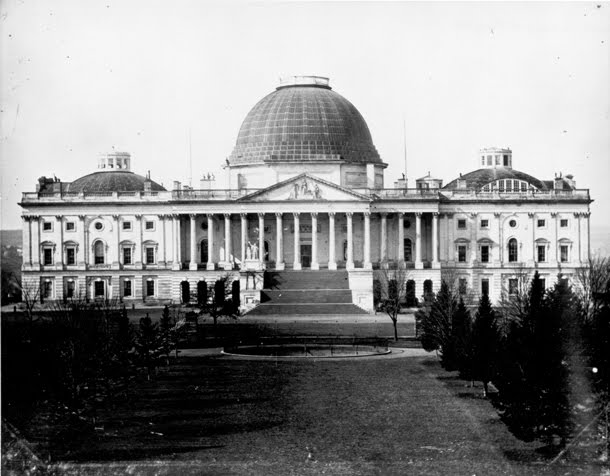









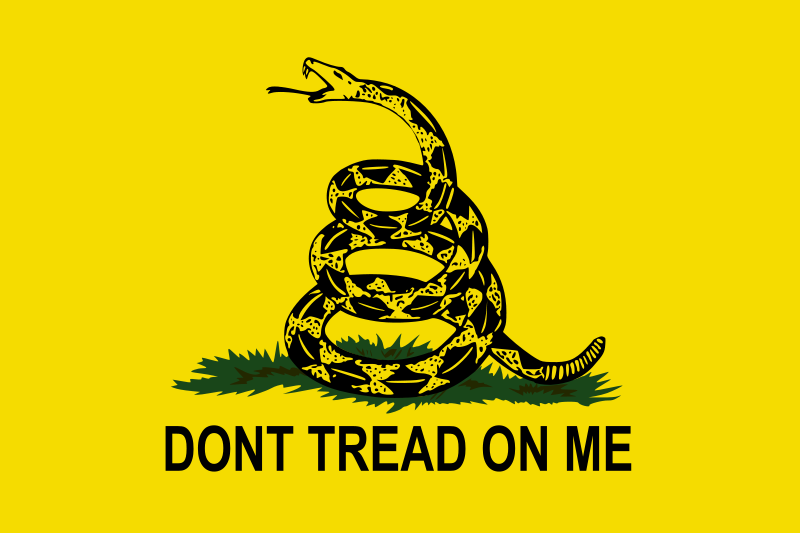


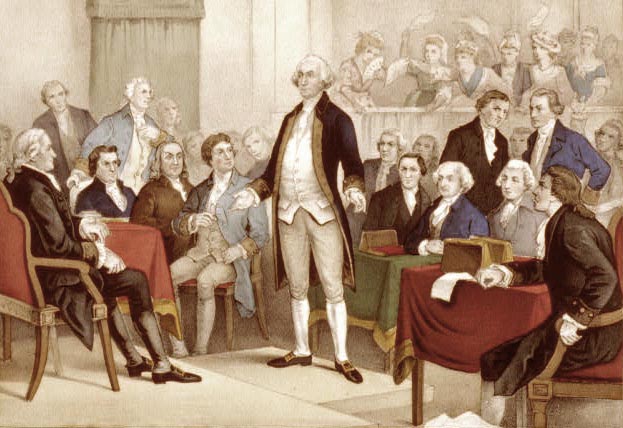

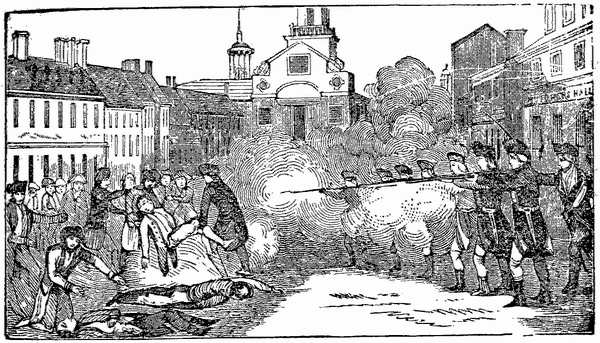
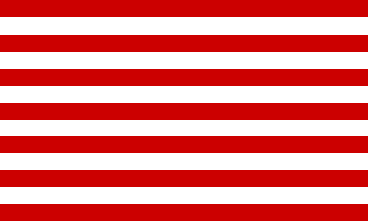
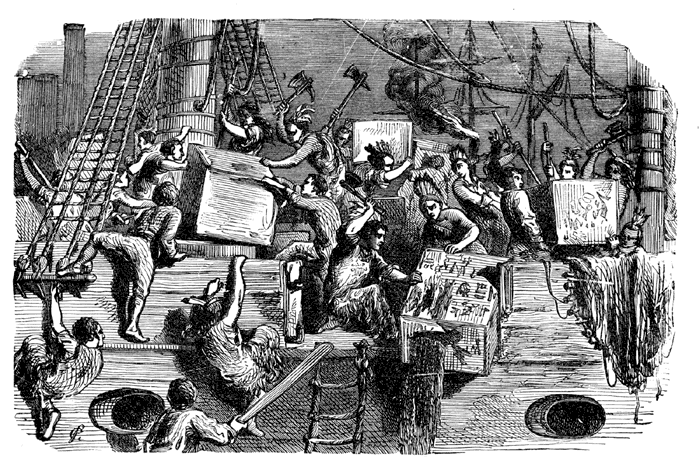




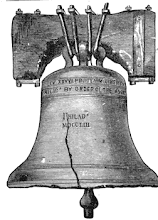




No comments:
Post a Comment